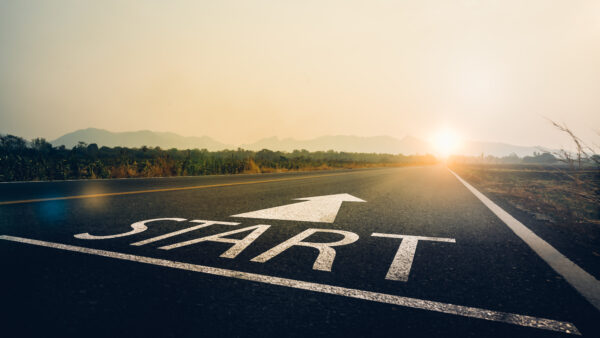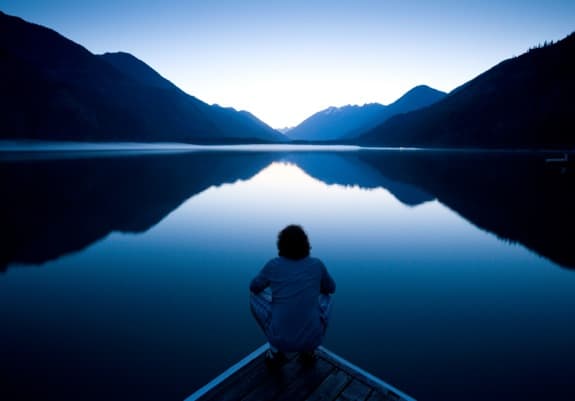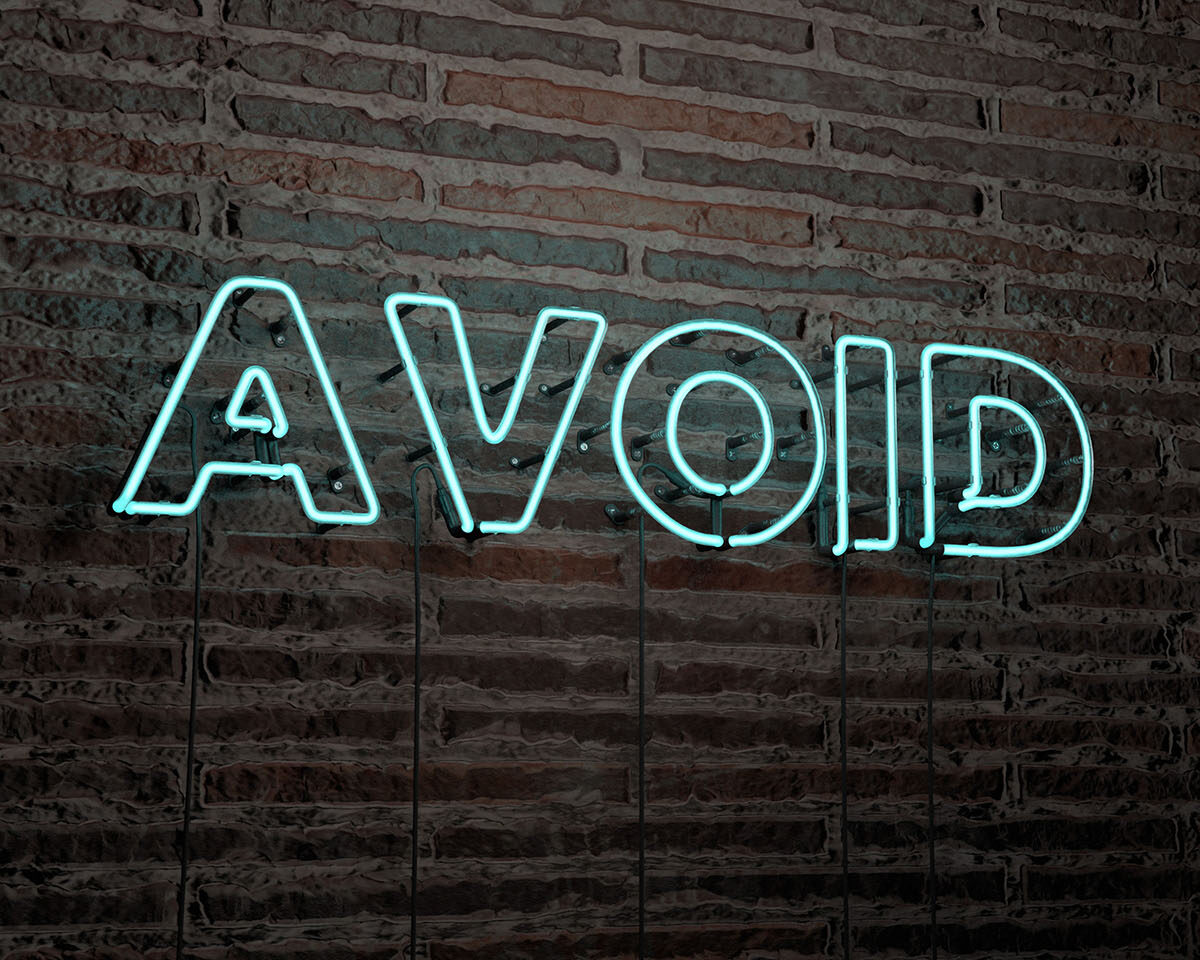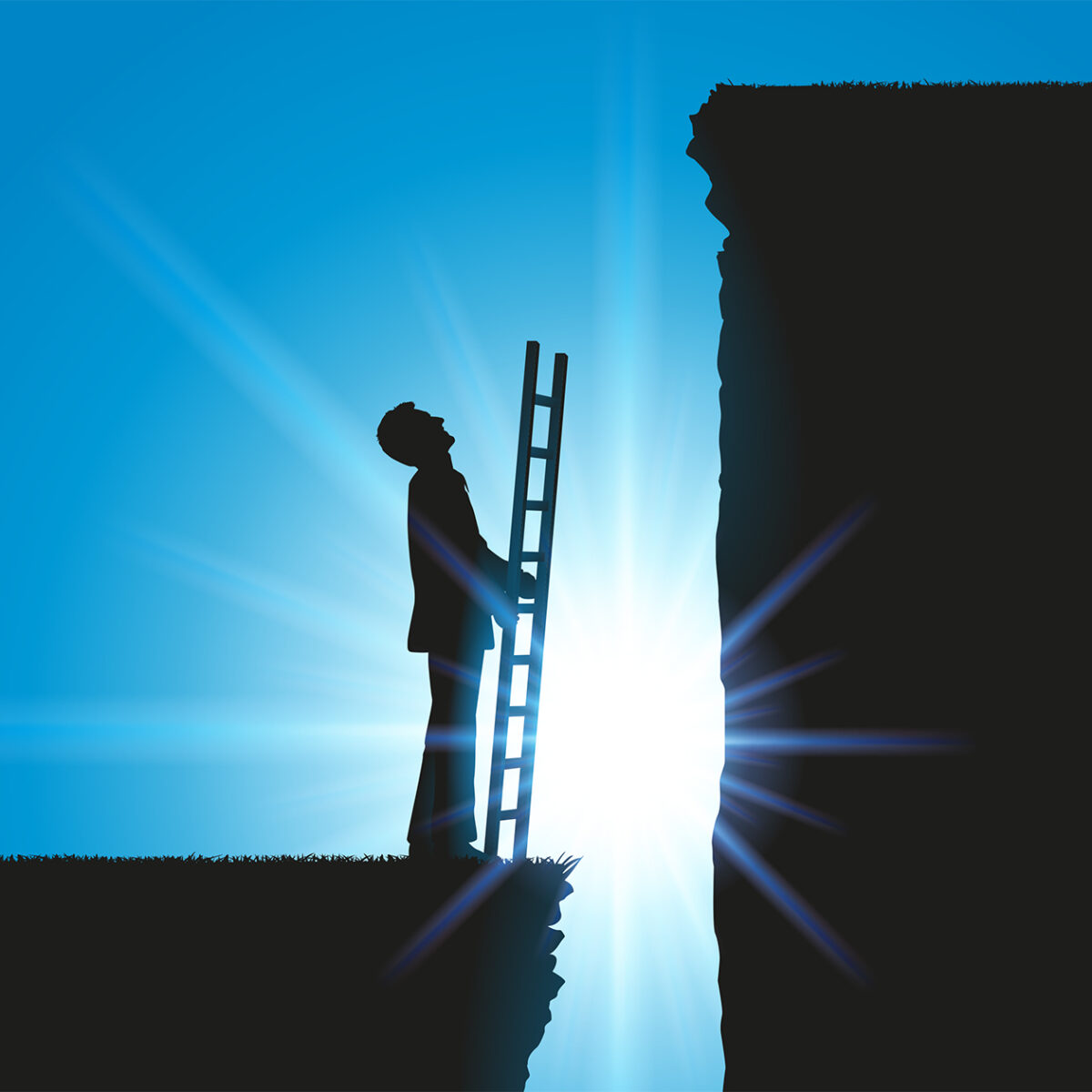According to the popular StrengthsFinder assessment, my top strength is Achiever. The report that summarized my test results says,
“People who are especially talented in the Achiever theme have a great deal of stamina and work hard. They take great satisfaction from being busy and productive.”
This strength has served me well, but it also has a dark side.
It means I have a difficult time turning off my mind and just being still. I seem to be more of a human doing than a human being.
My wife, Gail, recommended that I read The Joy Diet by Martha Beck. Gail said, “You won’t agree with everything in this book, but I think it will really challenge you—especially the first chapter.”
Intrigued, I decided to read the book on our next vacation.
The first chapter is entitled “Nothing.” In summarizing the chapter, Beck says, “To begin the Joy Diet, you must do nothing for at least fifteen minutes a day.”
I was so challenged by this chapter, that I read it four times. I also practiced this discipline for over three weeks in a row.
Honestly, it was one of the most transformational things I have ever done.
What Is Stillness?
Beck’s premise is that “doing nothing is the most productive activity you will ever undertake.” By doing nothing, she means literally doing nothing.
- This is not prayer (at least not in the sense of talking to God).
- It is not problem solving.
- It is not planning.
Doing nothing is being still, quieting your mind (and the cacophony of voices), and simply being.
All the ancient wisdom literature points to the importance of this practice. Psalm 46:10 is representative: “Be still and know that I am God.”
This is tremendously difficult in our media rich, always-on, over-communicated society. Noise crowds into every empty space, leaving us spiritually, mentally, and emotionally exhausted.
Mother Teresa expressed it this way,
We need to find God, and He cannot be found in noise and restlessness. God is the friend of silence. See how nature—trees, flowers, grass—grows in silence; see the stars, the moon and the sun, how they move in silence. . . . We need silence to be able to touch souls.”
Abba Poeman, one of the ancient desert fathers, taught his disciples, “If you are silent, you will have peace wherever you live.”
Why You Need Stillness
I doubt you need convincing that you need some measure of what I am describing here. As I have shared about this topic with others, they inevitably say, “Oh, I so need that in my life! How do I start?”
Nevertheless, here are three of my own reasons for practicing the discipline of stillness:
- I want to maintain perspective. If I don’t make time to be still, then I find myself in reactive mode—influenced by hundreds of little voices with big demands.
- I want to stay connected to my true self. I don’t want to get confused, thinking that I am the image I present to the world. They are related, of course, but I want to live from the inside out.
- I want more internal margin in my life. While I have been pursing external margin in my calendar and finances, I also want internal margin—more room to notice what really matters and be thankful for it.
How to Practice Stillness
This is not something I have enough experience with to write. In fact, I feel pretentious for even attempting it.
But perhaps that is the value I can add to the conversation. I am not so experienced that I have forgotten what it is like to be a beginner.
In that spirit, let me offer a few suggestions for how you can practice stillness in your own journey and reclaim some interior margin.
- Schedule a time. I schedule stillness first thing in the morning. This time has become so precious to me, that I won’t want to start the day without it. I practice this first—before prayer, before Bible reading, before journaling, and before exercise.
- Find a place. When I was on vacation, I sat on the dock by the lake. This was ideal. But it is not my real world. Now I simply go into my study and shut the door. The main thing is to find a place where you won’t be interrupted.
- Set a timer. I am following Beck’s admonition to set aside fifteen minutes a day. In my limited experience this seems about right. It is amazing how my perception of this time changes from day to day. Sometimes it seems like forever. Other times, it goes by very quickly. I use the timer on my iPhone.
- Relax your body. I simply sit in a soft chair with my eyes closed. I then systematically relax my body and get quiet. Beck says that if you can’t sit still, then engage in any mindless physical activity, like rocking in a chair or watching some natural motion like fire or running water. I also play a recording of the ocean.
- Quiet your mind. This is the biggest challenge for me. Just when I get still, I have some random thought or a whole flurry of thoughts. But I am getting better. Beck offers several techniques for practicing “nonjudgmental observation,” a discipline that keeps your allotted time from being hijacked by an overly active mind.
- Be present. Don’t be regretting or celebrating the past. Don’t be worrying or dreaming about the future. Instead, collect your thoughts and be present—in this moment. It is the most important time you have. In fact, it is the only time you have.
- Learn to return. This has been the most helpful component. In involves recalling a “place of peace,” where you had a particularly vivid experience of peace and stillness. For me, I go back to a time I stood on the balcony of a monastery in Greece, looking out on the Aegean Sea. I wrote about it here.
Perhaps the most important thing is just to start. It’s easy to blow the discipline of stillness off as something you don’t have time for. Don’t. The busier you are the more important it is.
You need this in your life more than you know. Even if you can only set aside five minutes a day, do it. And if you miss a day or two, don’t beat yourself up. Just start again. You can do this, and you'll be glad you did.
Disclosure of Material Connection: Some of the links in the post above are “affiliate links.” This means if you click on the link and purchase the item, we will receive an affiliate commission. Regardless, we only recommend products or services we use and believe will add value to our readers. We are disclosing this in accordance with the Federal Trade Commission’s 16 CFR, Part 255: “Guides Concerning the Use of Endorsements and Testimonials in Advertising.









